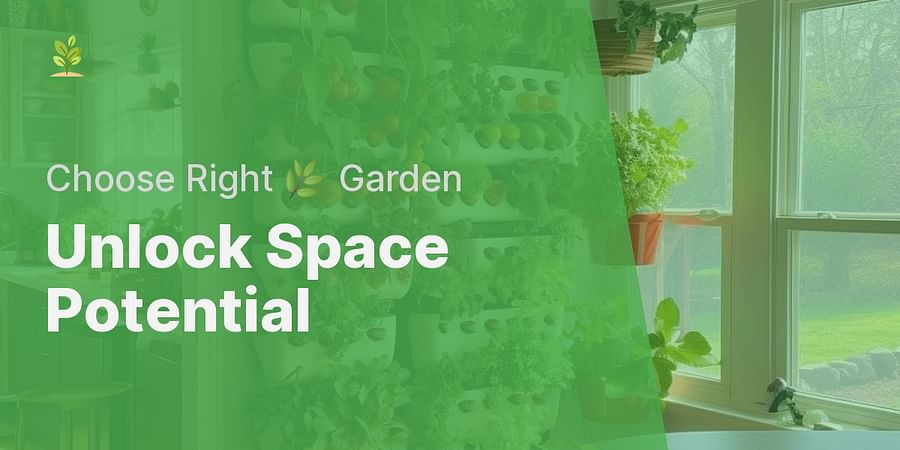Maximizing Space with Indoor Vertical Garden Systems: Choosing the Right Structure

Indoor vertical gardening is an innovative and efficient way to grow plants in limited spaces. It offers numerous benefits to urban dwellers, plant enthusiasts, and even commercial growers. In this section, we will explore some of the key advantages of adopting an indoor vertical garden system.
1. Space-saving: Indoor vertical gardening maximizes space, making it ideal for those with limited living spaces, such as apartments or small homes. By growing plants vertically, you can make the most of your available room.
2. Improved air quality: Indoor vertical gardens act as natural air purifiers, absorbing carbon dioxide and releasing oxygen. They help reduce indoor air pollution and create a healthier living environment.
3. Aesthetic appeal: Indoor vertical gardens transform dull spaces into vibrant, green oases. They add visual interest and serve as focal points in any room, with unique designs and arrangements of plants creating stunning displays.
4. Increased plant variety: Vertical gardening allows you to grow a wide range of plants, including herbs, vegetables, fruits, and decorative plants. This adds variety to your indoor garden and provides fresh produce at your fingertips.
5. Easy access and reduced physical strain: Vertical gardens make it easier to access and care for plants at different heights. This is particularly beneficial for those with mobility issues or physical limitations, as it reduces the need for bending or kneeling.
6. Pest control: Indoor vertical gardens minimize contact with soil-borne pests and pathogens by growing plants off the ground. Increased air circulation around the plants also helps prevent the spread of diseases.
Choosing the right structure is crucial to the success of your indoor vertical garden. Consider the size of your space, the weight of the structure, the amount of sunlight your plants will receive, and the style and design that complements your home decor.
There are several types of vertical garden structures to choose from:
1. Wall-mounted vertical gardens: Designed to be mounted on a wall, they are perfect for small spaces and can grow a variety of plants.
2. Freestanding vertical gardens: Stand on their own and can be used as focal points in a room. They are available in different sizes and styles.
3. Hanging vertical gardens: Hung from the ceiling or a wall, they create unique and eye-catching displays, perfect for small spaces.
4. Modular vertical gardens: Easily expanded or contracted to fit any space, they are customizable and ideal for small spaces.
Consider the light requirements, compact growth habits, weight, and maintenance needs of plants when choosing for your vertical garden. Opt for plants suitable for indoor growing and that will thrive in your space.
Maintaining a healthy indoor vertical garden requires consistent care and attention. Follow these maintenance tips:
1. Watering: Ensure all plants receive adequate water, considering their position in the garden. Use a drip irrigation system or self-watering planters for consistent moisture.
2. Pruning and trimming: Regularly prune and trim plants to maintain their shape, prevent overcrowding, and ensure adequate light and air circulation.
3. Pest control: Keep an eye out for pests and take immediate action to control them. Regularly inspect plants for signs of disease or damage and remove affected parts.
4. Fertilizing: Provide plants with necessary nutrients using a balanced, slow-release fertilizer according to the manufacturer's instructions.
5. Rotating plants: Rotate plants periodically to ensure equal light and air circulation, promoting healthy growth.
6. Cleaning: Regularly wipe down surfaces and remove debris or dead leaves to prevent mold, mildew, and pests.
Create a living wall, use a ladder, hang planters from the ceiling, or use a bookshelf to create a vertical garden that matches your home's aesthetic. Consider the lighting and humidity needs of your plants.
Create your own DIY vertical garden system using repurposed materials like pallets or old gutters. Plan the layout carefully, considering the space and sunlight requirements. Choose plants suitable for indoor growing.
Indoor vertical gardening maximizes space, improves air quality, and adds aesthetic appeal to any room. Choose the right plants, maintain your garden properly, and get creative with design ideas. Consider DIY options for a personalized touch. Enjoy the benefits of a thriving indoor vertical garden that brings nature into your home.
Post a comment